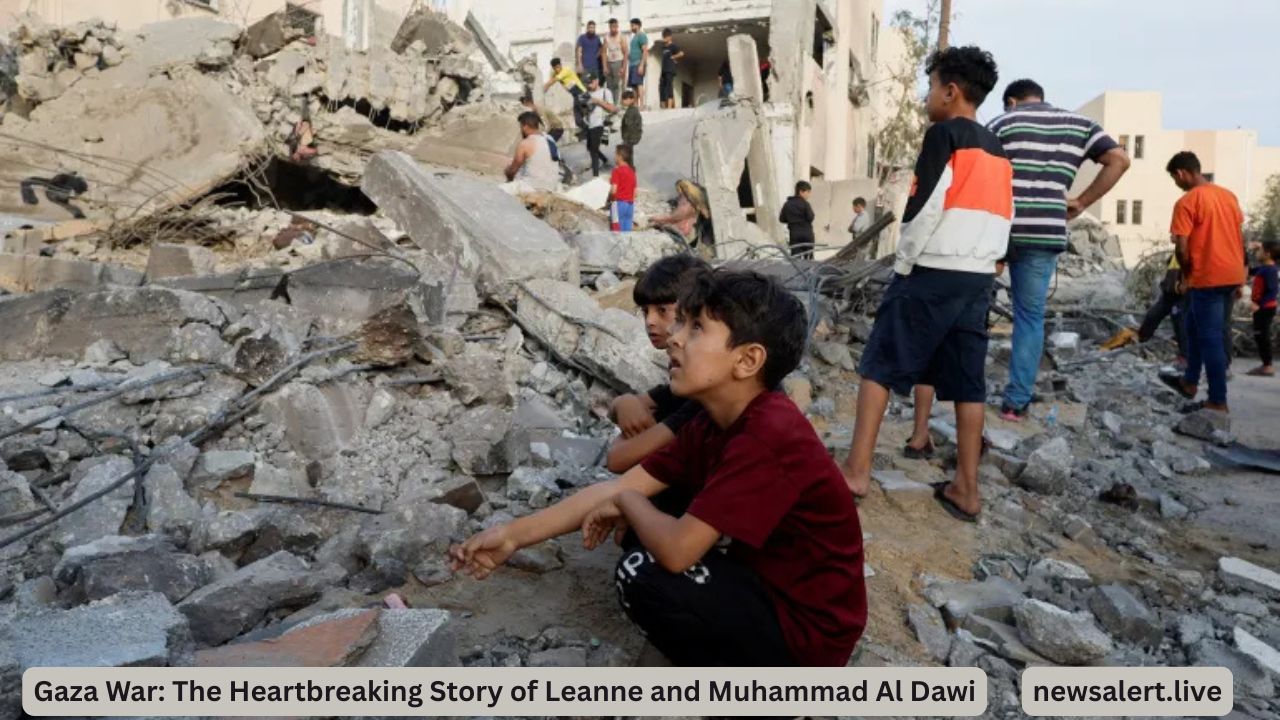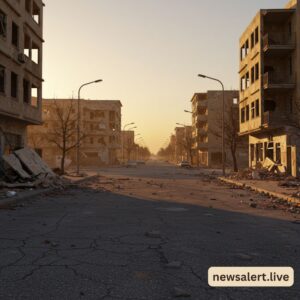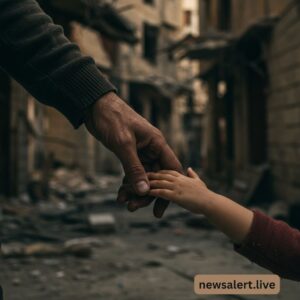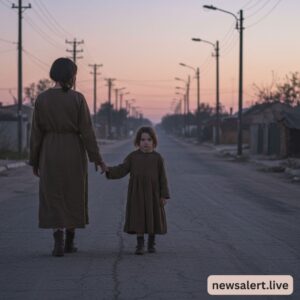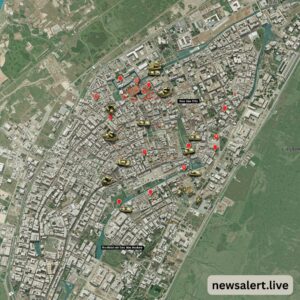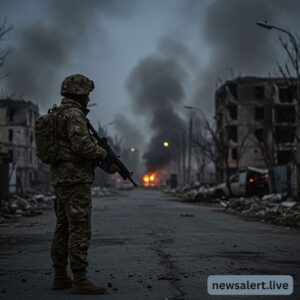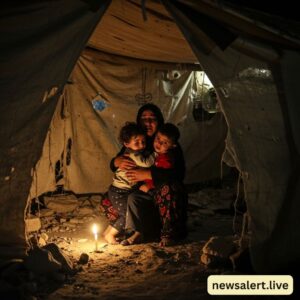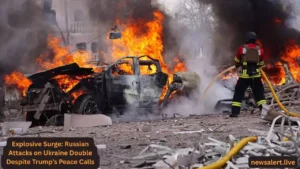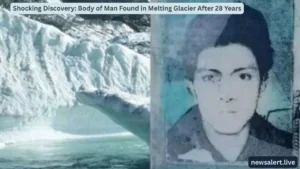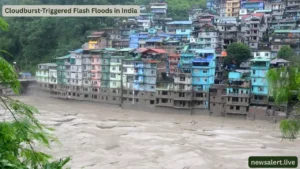The Gaza war has claimed countless innocent lives. This in-depth report uncovers the tragic story of Muhammad Al Dawi and his 2-year-old daughter Leanne, shedding light on allegations of war crimes and lack of accountability.
Gaza War: The Heartbreaking Story of Leanne and Muhammad Al Dawi
The Gaza war has left deep scars on thousands of families, many of whom have lost loved ones in the relentless violence. Among these heartbreaking stories is that of Muhammad Al Dawi and his 2-year-old daughter Leanne, whose final moments were captured on video. This story is not just about one family—it represents the larger tragedy of children and civilians caught in the crossfire.
In this blog, we dive deep into the events surrounding their deaths, the broader impact on families in Gaza, and the international legal implications.
The Final Moments of Muhammad and Leanne
In December 2023, a video emerged showing a man and a small child lying on a street in Gaza City. The man, later identified as Muhammad Al Dawi, was seen reaching out in his final moments to touch his 2-year-old daughter Leanne. This haunting image quickly became a symbol of the suffering endured during the Gaza war.
For months, journalists and investigators tried to identify who they were. Through tireless efforts, including scouring social media and contacting people on the ground, the names were finally uncovered. This discovery opened the door to a deeper investigation into what happened that day.
Investigating the Truth: 95 Reports of Children Shot
Leanne was not alone. This case is one of 95 verified reports of children allegedly shot in the head or chest during the Gaza war. Investigators compiled the list by cross-checking media reports, interviewing human rights workers, and speaking with 30 doctors and nurses who treated these children.
-
Over two-thirds of the children were under 12 years old.
-
In 57 cases, it was alleged that the Israeli Defense Forces (IDF) were responsible.
-
Two cases reportedly involved Palestinian shooters.
-
36 cases remain unverified due to lack of clear evidence.
These statistics reveal the immense vulnerability of children during the Gaza war, as well as the difficulty of establishing accountability.
Shahed’s Testimony: Witnessing the Unthinkable
Leanne’s 12-year-old sister, Shahed, provided chilling testimony about the day her father and sister died. She recalled how the family was fleeing bombing and walking down a quiet street when they saw a tank at a junction.
Suddenly, chaos erupted. Their father was shot, and the family fled in panic. They never saw Muhammad or Leanne alive again. For months, they lived with the unbearable uncertainty of their loved ones’ fate, only to learn of the video over a year later.
Satellite Evidence and IDF Fortified Positions
A satellite image taken two hours before the shooting was examined by military expert Stuart Ray. It showed a tank stationed along the same street Shahed had described, as well as numerous other armored vehicles and defensive sandbanks. The image indicated the area was a heavily fortified IDF position.
Although the satellite image could not definitively prove who fired the shots, it corroborated Shahed’s testimony and raised questions about the rules of engagement during the Gaza war.
IDF Response: Minimizing Harm vs. Accountability
When confronted with the findings, the IDF stated:
“IDF soldiers operate against terrorist organizations in complex urban environments, and unintended erroneous harm may occur in the course of combat. The details of Leanne’s case have been recorded and will be examined by the competent authorities.”
This response highlights a recurring theme in the Gaza war: the IDF’s stated commitment to minimizing harm to civilians is frequently challenged by reports from families, doctors, and human rights organizations.
Former IDF soldiers, including one identified as “Kay,” have spoken out about orders given on the ground:
“Anyone you see off the humanitarian road, shoot. Shoot to kill. That’s what we were told,” Kay recalled.
These allegations raise serious questions about accountability and adherence to international humanitarian law.
The Legal Perspective: War Crimes and International Law
Yanina Dill, a professor of international law at Oxford University, reviewed the evidence and concluded that the situation could amount to a very serious violation of law, potentially even a war crime.
International humanitarian law (IHL) prohibits the targeting of civilians. The presence of fortified military positions near civilian areas, combined with orders that appear to permit lethal force against unarmed individuals, may constitute grave breaches of the Geneva Conventions.
But proving these allegations in court remains extremely difficult, especially when evidence is destroyed or inaccessible due to ongoing conflict.
The Human Cost: Families Torn Apart
For Leanne’s family, the tragedy does not end with her death. They had to flee from street to street, unable to retrieve the bodies of Muhammad and Leanne, who lay in the open for days.
Their story is echoed by countless other families in Gaza. The trauma of losing loved ones, particularly children, leaves lasting scars. Survivors like Shahed must grapple with grief while navigating a war-torn environment where safety is never guaranteed.
Why the Story of Leanne and Muhammad Matters
The Gaza war is often discussed in terms of politics, military strategy, and ceasefire agreements. But behind the headlines are the lives of ordinary people—children, parents, grandparents—whose worlds are shattered by violence.
The story of Leanne and Muhammad is not just a statistic. It is a reminder that every casualty is a human being, loved by someone, with dreams and futures stolen away.
Conclusion: Seeking Accountability and Justice
The deaths of Muhammad Al Dawi and Leanne raise critical questions about the conduct of all parties involved in the Gaza war. As international organizations call for independent investigations, families like theirs continue to wait for answers—and for justice.
Without accountability, the cycle of violence and grief will only continue. Leanne’s story deserves to be told, remembered, and acted upon.
FAQs
1. How many children have been killed in the Gaza war?
Reports estimate that hundreds of children have died, with verified cases like Leanne’s representing only a fraction of the total casualties.
2. Who is responsible for civilian deaths in Gaza?
Responsibility varies by incident. In many cases, it is difficult to confirm which party was responsible due to the fog of war and lack of access for investigators.
3. Can the deaths of civilians during the Gaza war be prosecuted as war crimes?
Yes, if evidence shows deliberate targeting of civilians or disproportionate attacks. However, gathering sufficient evidence for prosecution is often extremely challenging.
4. Why is there a lack of accountability in the Gaza war?
Political pressures, limited access for investigators, and destruction of evidence all contribute to a culture of impunity.
5. How can the international community help?
By demanding transparent investigations, supporting humanitarian aid, and ensuring that violations of international law do not go unpunished.

